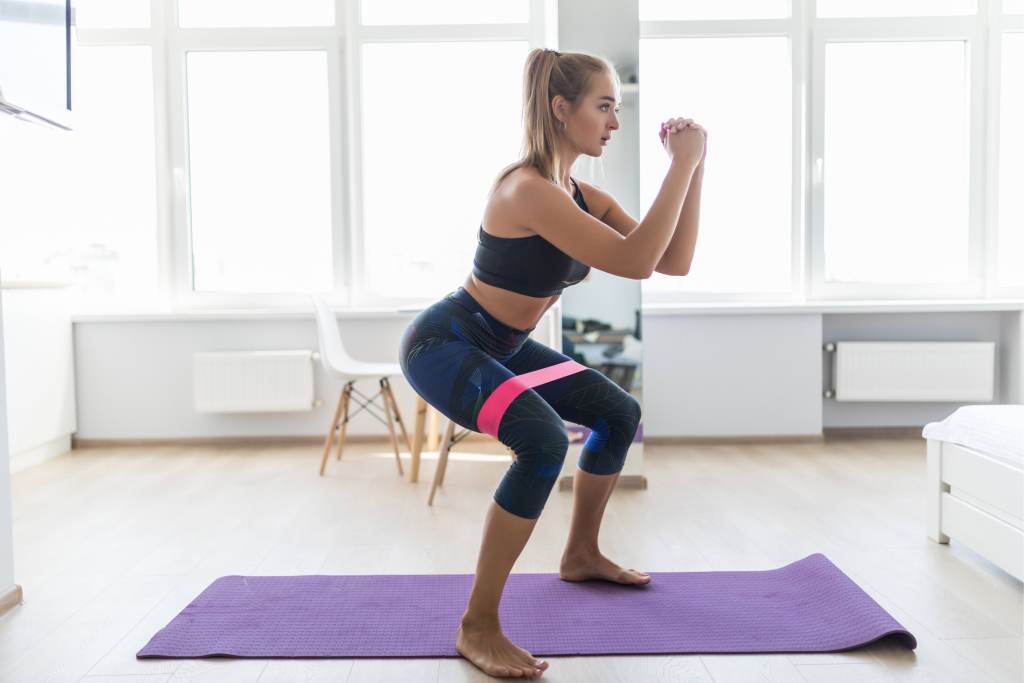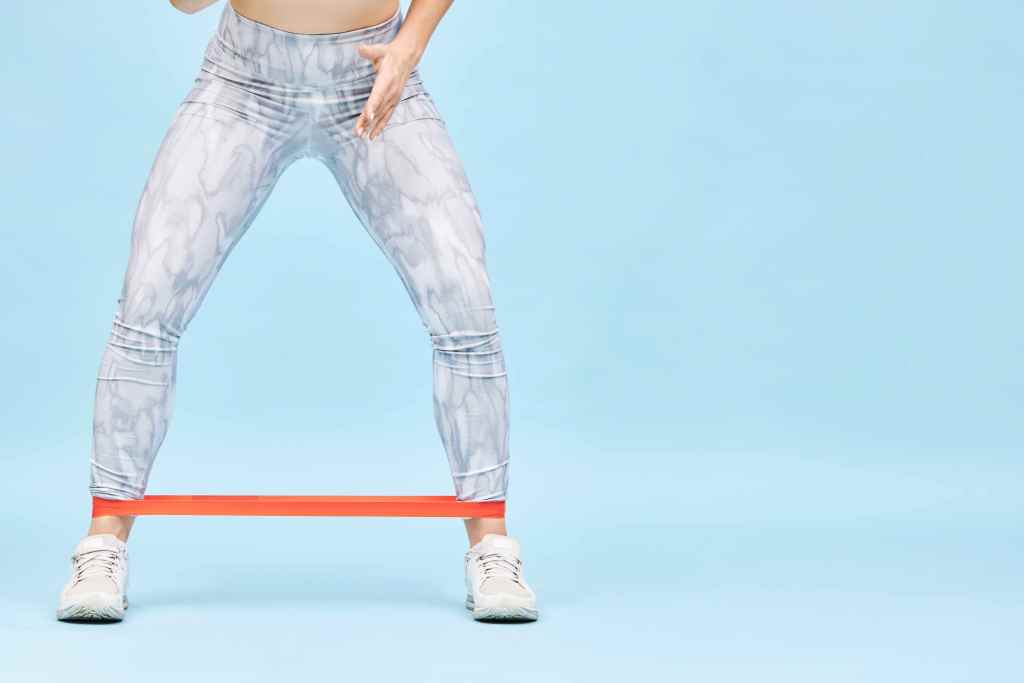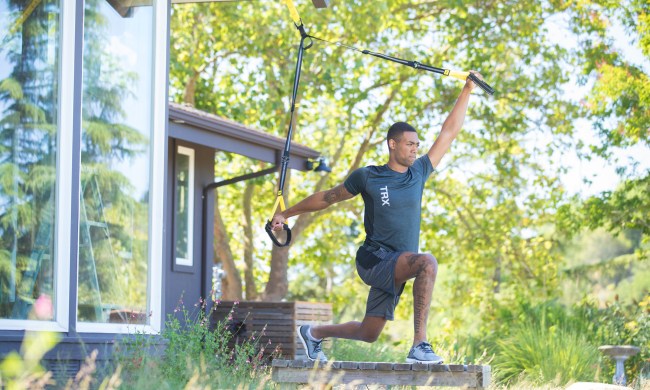
Exercise bands are flexible in more ways than one. They make a lot of sense for anyone looking to round out their home gym, be it a seasoned veteran making better use of space or a beginner seeking low-cost (but effective) workout equipment.
Also known as resistance bands, exercise bands benefit a number of different areas of the body. One of those is the hips.
Are you trying to tone up your hips and glutes? Exercise bands could be just the ticket. Here’s how to use natural resistance to strengthen your hips in no time.
Resistance bands: Uses and benefits
Resistance bands are versatile because they can be used to work many parts of the body and can deliver multiple benefits.
Resistance band uses include:
- Strength-building: Instead of lifting a weight and releasing it, as is the case with traditional weight-lifting, resistance bands keep muscles under tension throughout the exercise, creating more sustained muscle contraction.
- Mobility enhancement: Use the low-impact but challenging resistance band to improve your joint flexibility and overall mobility.
- Rehabilitation: Exercise bands can help you get back to 100% after sustaining an injury.
- Weightlifting: When wrapped around the ends of a weight bar, exercise bands add extra resistance — and extra challenge.
How to use exercise bands to strengthen your hips
This list of exercises is by no means exhaustive, but it will provide a solid workout regimen for anyone looking to use exercise bands to tone and strengthen their hips and glutes.
Feel free to add to, subtract from, or otherwise adjust these exercises to suit your own goals and fitness status.
Pulse squat
Stand with feet slightly wider than hip-width apart. With the exercise band around your thighs, squat down so your hips move down and back. At the bottom of the squat, bring your heels off the floor about an inch, then lower them back down an inch for a “pulsing” movement. Then, push off to return to the standing position. Repeat for 10 reps.

Standing outer-thigh lift
Stand with your left leg bent slightly at the knee and your right leg fully extended. Wrap the resistance band around both legs, just above the knees.
Keeping it fully extended, lift your right leg off the floor on a back-right diagonal. Contract your thigh at the top of the movement, then lower your leg back to the ground. Keep shoulders and core engaged and try to focus your standing weight on the heel. Aim for 10-20 reps, then switch sides.
Outer-thigh shuffle
While lying on your back, loop an exercise band around the knees. Open legs so they are wider than hip-width apart, then return to starting position.
Then, while keeping your right leg in place, lower your left leg to the floor. Then switch sides. Keep your back pressed against the floor for maximum impact. Aim for 10-20 reps.

Lateral band walks
After wrapping the exercise band around your calves, get into a “quarter squat” position. Step to the right as far as you can. For maximum effect, step on your heel, not your toes. Repeat on both sides. Aim for two or three sets of 20 reps per leg.
There are many ways to exercise your hips, but exercise bands may be the most convenient (not to mention low-cost) option available. The bands themselves could not be easier to use, and they pack away in just about any bag or pocket, so you can take your workout with you (try that with the average home gym).
They can also help you tone a variety of areas on your body, from your triceps to your calves. So if you ever feel the need to expand your exercise band repertoire, a wealth of new possibilities are right at your fingertips.
BlissMark provides information regarding health, wellness, and beauty. The information within this article is not intended to be medical advice. Before starting any diet or exercise routine, consult your physician. If you don’t have a primary care physician, the United States Health & Human Services department has a free online tool that can help you locate a clinic in your area. We are not medical professionals, have not verified or vetted any programs, and in no way intend our content to be anything more than informative and inspiring.



